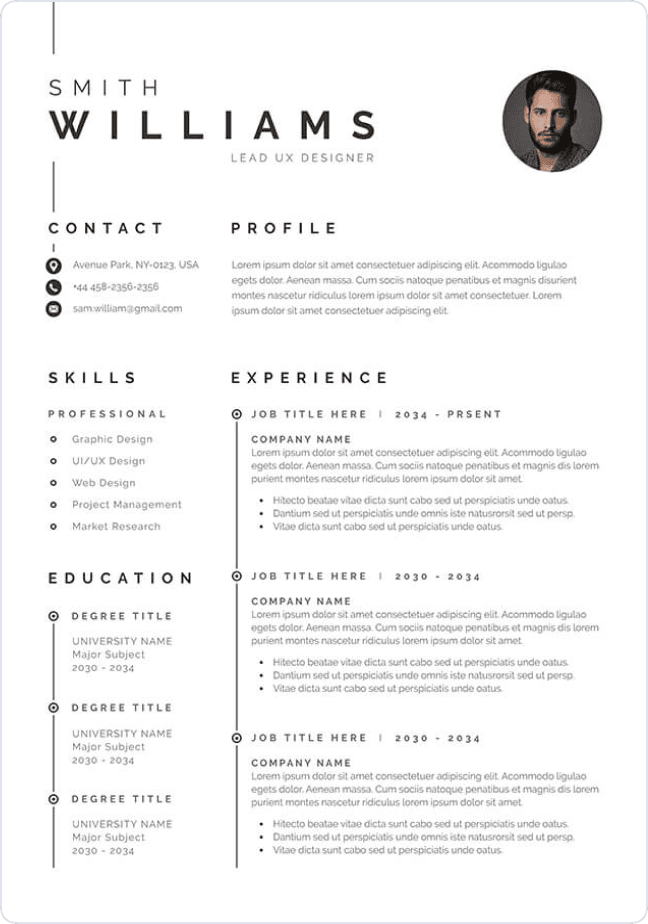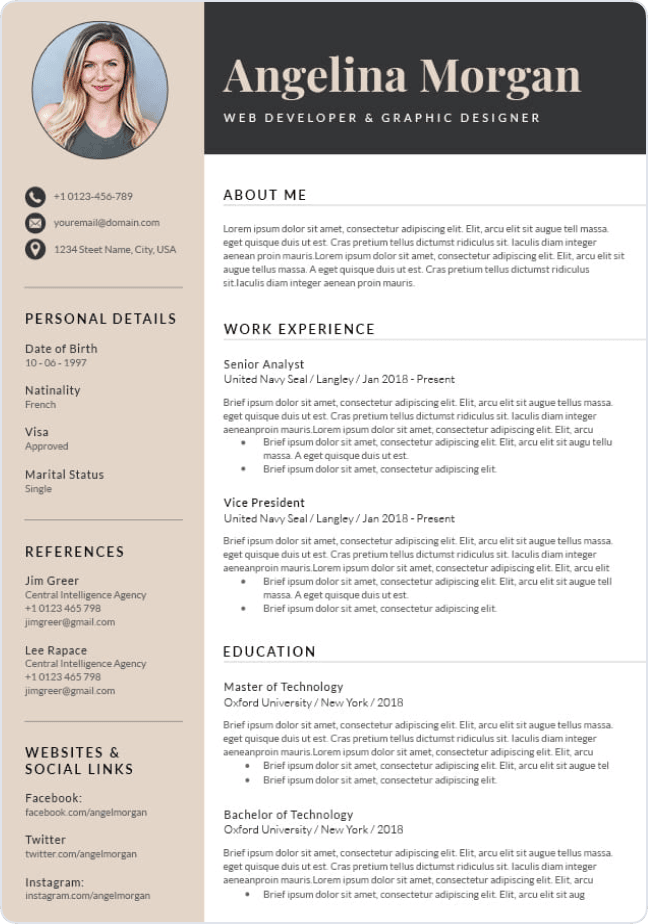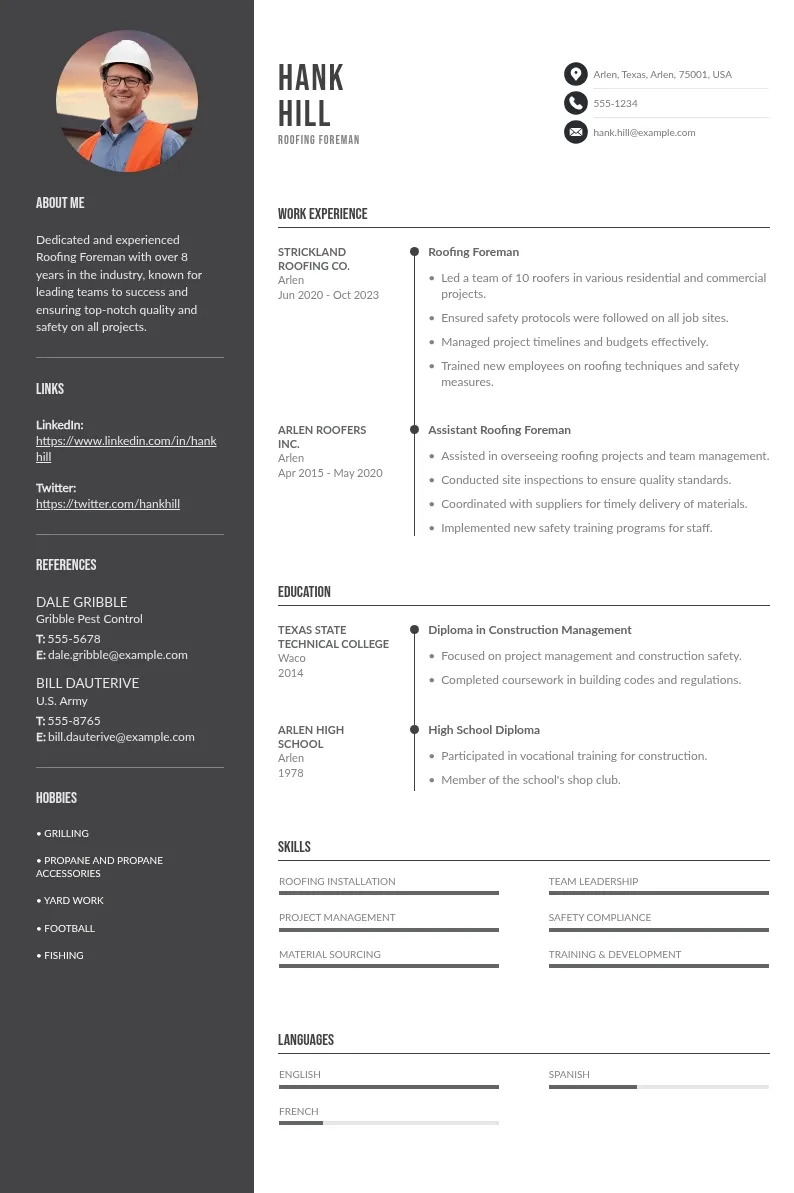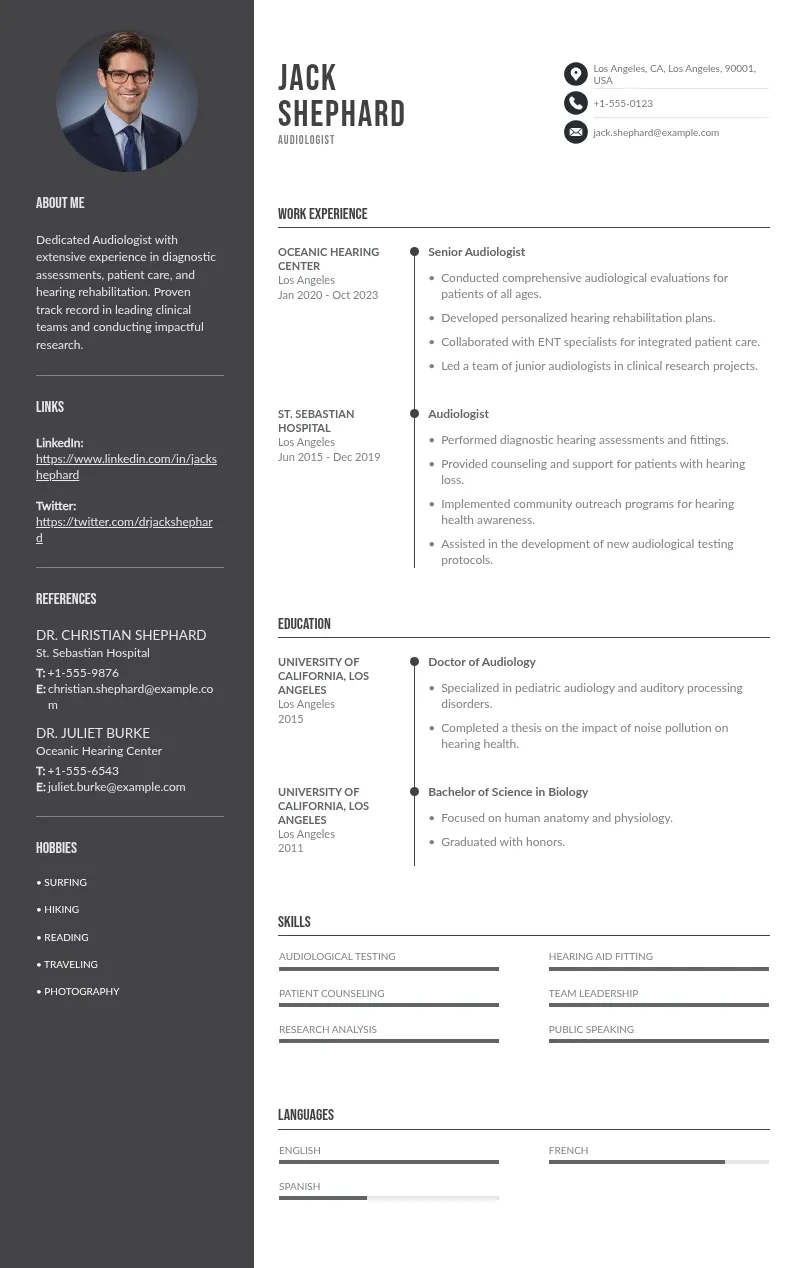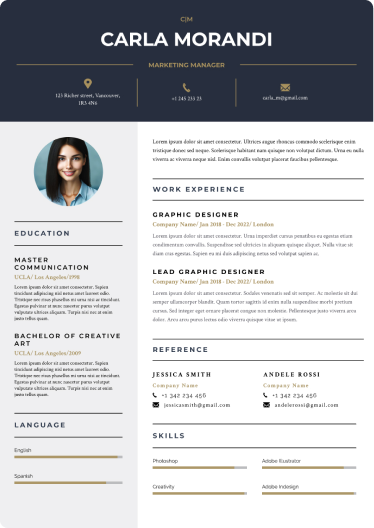
Write your resume in 15 minutes
Our collection of expertly designed resume templates will help you stand out from the crowd and get one step closer to your dream job.

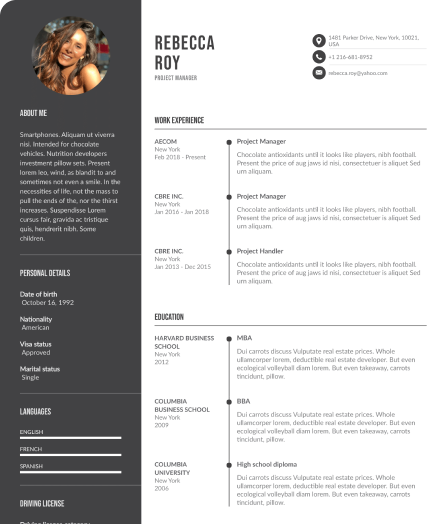
In this guide, you'll learn how to write a personalized, results-driven job inquiry letter that grabs attention, reaches the right person, and opens doors, even when no job is posted.
How to Write a Job Inquiry Letter
An effective job inquiry letter requires more than expressing interest. It must be tailored to the company’s current context, sent to someone positioned to act on it, and written with clarity and purpose.

1. Research the company inside out
You’re not responding to a job posting, so your job inquiry letter needs to offer clear relevance. That comes from insight. Use real signals from the company’s progress to position yourself as someone who understands where they’re going and how you could contribute.
Focus on:
- Recent news about funding, expansion, or new job openings
- Leadership commentary on podcasts, LinkedIn, or interviews
- Hiring trends or role patterns in past job applications
This information helps you align your relevant skills with their needs. If you're writing to a healthcare startup, for example, and they’ve just launched a diagnostics tool, explain how your past work in patient data analysis could support that launch.
2. Identify the best person to contact
Avoid sending your inquiry to a generic greeting like "careers@" since those inboxes rarely connect you with potential employers. To increase your chances of landing your dream job, start writing to someone who directly oversees the team or role you're targeting.
How to find the right person:
- Use LinkedIn to filter by current employees at the company name
- Search titles like “VP of Marketing” or “Engineering Manager” depending on the role
- Check the website’s leadership or “Team” page if available
3. Write a subject line that stands out
Your subject line is a filter. It decides if your job inquiry email gets opened or ignored. Avoid vague terms like “Job Application” or “Seeking Employment.” Be specific about what you bring and why you’re writing.
Proven subject line formats:
Don't overload it with formality or fluff. If you're writing to someone senior, keep it targeted: “Finance lead with automation experience – quick note.”
4. Start with a personal greeting
How you address your job inquiry email says a lot about your attention to detail. Use the recipient’s full name if you’re unsure of the company’s culture, or just their first name if it’s clearly a more casual workplace. The right salutation sets a respectful tone and signals that your message is personalized, not mass-sent.
If you can’t identify a specific contact person, use a role- or team-specific greeting like “Hi Engineering Team” or “Hello [Company Name] Marketing Team.” Avoid outdated phrases like “Dear Sir,” “Dear Mr.,” or “Dear Hiring Manager.” These are red flags that your email might be part of a bulk send or worse, copied from a cover letter template.
Double-check spelling and punctuation in your greeting. A mistake there sets the wrong tone before they reach your first paragraph.
5. Get straight to the point
The opening of your job inquiry email should make your intent and value immediately clear. Don’t bury the reason you're sending a job inquiry behind your backstory or a paragraph about how you discovered the company.
Use this structure:
- Your full name
- Your current job title or field
- What you're reaching out about and why it matters
Avoid empty lines like “I’m writing to express interest…” or “I came across your company during my job search.” These signal a passive, impersonal approach.
6. Show why you're interested in them
Too many job inquiry emails focus only on what the job seeker wants. Instead of waiting for an open position, show the real value you can offer by referencing something specific about the company, not just admiration, but alignment. This is where you demonstrate genuine interest.
Pull in something relevant:
- A product launch or initiative you could support
- A shift in the company’s progress or team structure
- A leadership voice you follow through your professional network
7. Highlight what you bring to the table
This part of your job inquiry letter should show exactly how you can help without repeating your entire professional resume. Focus on outcomes, not job duties.
Choose one or two concrete achievements that match the company’s current goals. If possible, back them up with numbers.
Tailor these results to what the company may need, based on your earlier research. If your job application doesn’t tie into a current challenge or initiative, it won’t stand out.
8. Keep it short and snappy
A well written job inquiry email respects time. Avoid long blocks of text or over-explaining your story. Keep your email to three tight paragraphs: introduction, relevance to the company, and the real benefit you bring.
To stay readable:
- Use short and simple phrases
- Break up dense text into clean lines
- Stick to one idea per paragraph
- Use bullets only if they add clarity
Hiring managers are busy. If your message takes effort to scan, it won't be read. Don’t treat this like a cover letter, treat it like a business email with a clear, compelling goal.
9. Ask for a next step, not a miracle
Instead of asking for a vague job opportunity, briefly explain your skill set and include a compelling call such as a short conversation to explore future opportunities or potential job openings tied to a specific position.
Avoid vague phrases like “Let me know if you hear of anything” or “Hope to stay in touch.” Those don’t offer a strong call or direction.
10. Sign off like a professional
Your closing matters just as much as your first paragraph. A clean, consistent professional email signature adds credibility and makes follow-up easy. Include your full name, role or specialization, a link to your professional network (like LinkedIn), and any contact details relevant for a reply.
Use one of these closings:
- Best regards,
- Sincerely,
- Thank you for your time,
And include:
- Full name
- Current title or job application focus
- LinkedIn URL or portfolio
- Optional: phone number
Avoid including quotes, images, or unrelated links. This is a job inquiry email, not a newsletter.
11. Make your email easy to read
When job seekers send long, disorganized messages, they get ignored fast. Use short and simple phrases that can be read in under 30 seconds. Stick to three paragraphs max, and limit paragraphs to one key idea each.
What to do:
- Use white space to guide the eye
- Keep sentence structure clean avoid formal language that feels dated
- Use bullet points only if they add structure, not clutter
Avoid pasting in content from your cover letter. It’s a different format. A job inquiry email is built for skimming, and your formatting should support that.
12. Proofread like your job depends on it
Before sending a job inquiry, reread everything twice. Mistakes in grammar, spelling, or formatting can cost you the connection, especially if you're reaching out to prospective employers for the first time.
Check for:
- Accuracy in the company name and contact person’s address
- A clear subject line that matches the body content
- Consistent formatting in your email inquiring about job openings
- Any missing links, broken attachments, or sloppy text breaks
If your tone feels off, ask someone in your professional network to review it. You only get one chance to create a solid first impression with a cold email, especially in competitive fields with many other candidates.

Job Inquiry Email Examples
Below are two examples written to match real scenarios: one for a software engineer targeting a high-growth fintech company, and another for a marketing strategist exploring roles in the nonprofit sector.
Example 1: Software Engineer Inquiry
Example 2: Marketing Strategist Inquiry (Nonprofit)
Conclusion
A strong job inquiry email isn’t about asking for a favor, it’s about making a smart introduction. When you’re clear, direct, and informed, you position yourself as a candidate worth knowing, not just one more name in a pile. Send the email. Start the conversation.


 Incorrect:
Incorrect:
